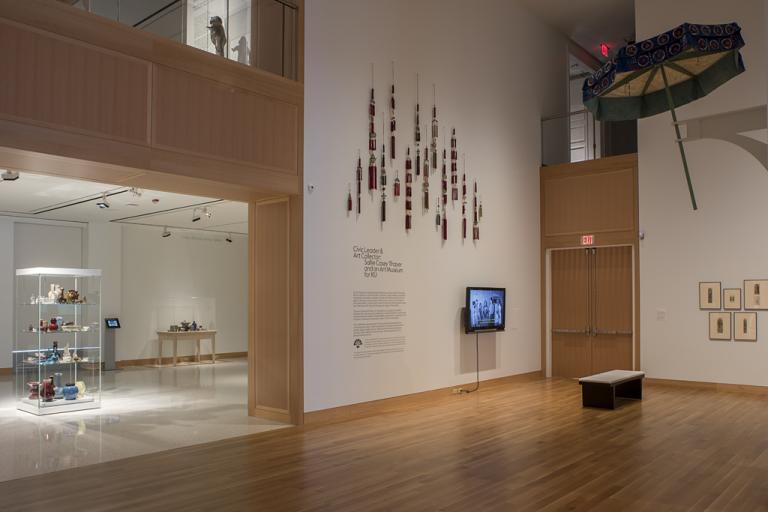vase, unknown maker from China
Artwork Overview
vase
, 1700s–1800s, Qing dynasty (1644–1911)
Where object was made: China
Material/technique: porcelain; sang de boeuf glaze
Dimensions:
Object Height/Diameter (Height x Diameter): 24.1 x 21.6 cm
Object Height/Diameter (Height x Diameter): 9 1/2 x 8 1/2 in
Object Height/Diameter (Height x Diameter): 24.1 x 21.6 cm
Object Height/Diameter (Height x Diameter): 9 1/2 x 8 1/2 in
Credit line: William Bridges Thayer Memorial
Accession number: 1928.1483
Not on display
If you wish to reproduce this image, please submit an image request




